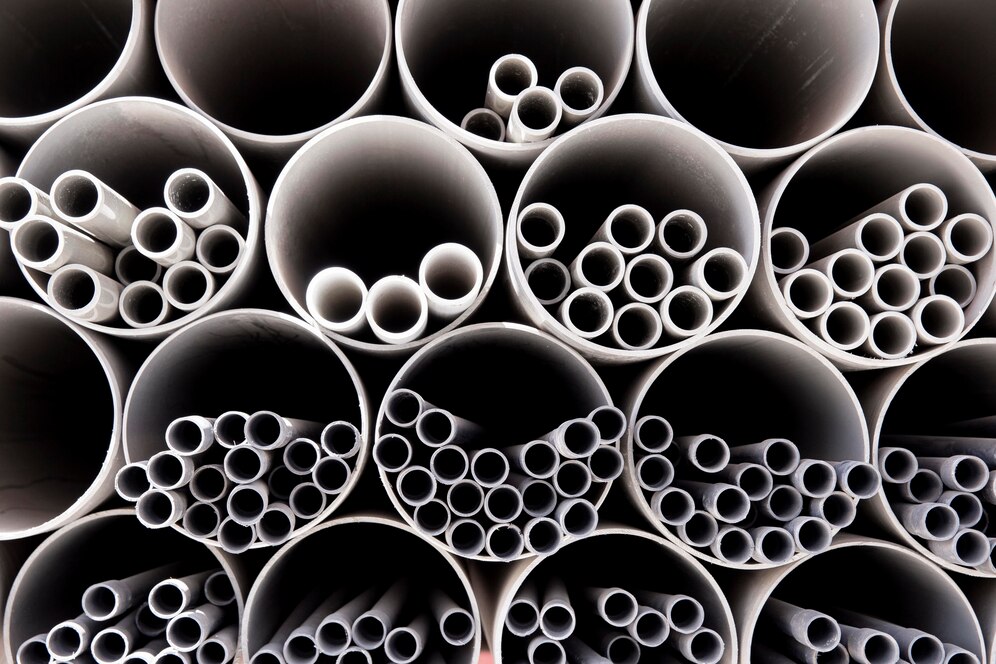Black iron pipes are essential across various sectors, especially in plumbing and gas installations. Black iron pipe prices in the Philippines are shaped by a combination of elements, with technical specifications serving as a primary influence. These specifications cover a broad spectrum of attributes, such as the steel grade, production processes, and compliance with industry standards. A thorough grasp of these factors is vital for accurately determining the cost of black iron pipes.
Analyzing the Black Iron Pipes
These pipes are made from steel coated with a black oxide layer, making the pipes corrosion-resistant. These pipes are used in general to carry gas and water into homes, commercial buildings, and industries. The pipes range in size and thickness, and it requires specifications depending on the application to be made. The most used standards to specify these kinds of pipes are ASTM A53 and ASME SA53, which define seamless and welded pipes with regard to their mechanical properties and chemical composition.
Key Technical Specifications
Material Quality
The quality of the raw materials used in manufacturing these pipes significantly affects their price. Higher-grade materials, such as those with lower carbon content, can enhance durability and resistance to corrosion, thus commanding higher prices. For instance, Grade A black steel pipes have a maximum carbon content of 0.25%, making them suitable for low-pressure applications, while Grade B pipes, with higher carbon content, are used in more demanding environments.
Manufacturing Processes
The production process of these pipes involves several stages, including melting, forming, and finishing. Each stage requires specific technologies and equipment, which can influence production costs. Advanced manufacturing techniques that ensure precision and quality, such as automated welding and quality control measures, can lead to higher prices due to the increased operational costs associated with these technologies.
Wall Thickness and Pipe Size
These pipes are available in various sizes and wall thicknesses, which directly impact their price. Pipes with thicker walls are generally more expensive due to the increased material usage and the additional manufacturing processes involved. The nominal pipe size (NPS) and the schedule (SCH), which indicates wall thickness, are critical specifications that determine the suitability of the pipe for specific applications and thus its market price.
Keeping up with Industry Standards
Compliance with established industry standards, such as ASTM specifications, is crucial for ensuring the reliability and safety of these kinds of pipes. Pipes that meet stringent quality standards are typically priced higher due to the assurance of performance and safety they provide. Non-compliance can lead to lower prices but may compromise the integrity of the installation, leading to potential failures and additional costs in the long run.
Factors Influencing Pricing
The interplay between technical specifications and market dynamics significantly influences the pricing of these pipes. Key factors include:
Raw Material Cost
The prices of raw materials like steel and iron move in the direction that the global markets dictate. Increases in the cost of raw materials are passed on by manufacturers to the consumer, thereby increasing the prices of these pipes. The fluctuations in the prices of commodities are essential factors to consider for designing the pricing strategies in the steel sector.
Labor and Production Costs
Labor costs on these kinds of pipes vary with the country and the level of sophistication of the production method involved. The more expensive the labor in a country, the higher the general production cost, increasing the final prices of the product. Again, the efficiency of the production process has a bearing on the labor costs; the more efficient the production process, the lower the cost hence potentially lesser prices.
Transportation and Logistics
The price is also affected by the cost of transporting these pipes from their sites of manufacture to distribution centers or directly to end-users. There, the distance, fuel prices, and state of the infrastructure for logistics determine transport costs. In areas with bad infrastructure, transportation costs can be really high, increasing prices large for consumers.
Market Demand and Supply
The demand for these kinds of pipes depends on economic conditions, construction activities, and industrial growth. High demand may raise process prices if the supply does not catch up with demand. Oversupply drags the price down in the market. The analysis of the market trend and demand cycle is thus very crucial for all the stakeholders of these pipes.
Export and Import Tariffs
Government policies on tariffs and taxes against and on imported and exported goods can also affect prices. In countries where the tariffs are high, the price of imported black iron pipes can be considerably higher, thereby driving the prices upward locally. On the reverse, lucrative trade agreements can result in low process for the imported materials, thereby dictating the prices.
Key Takeaway
Black iron pipes entail many factors, from the technical side to market conditions. On the other hand, black iron pipe prices in the Philippines are determined by a mix of material quality, manufacturing methods, and compliance with industry standards. With changes in raw material prices, labor, transportation, and market demand, all the factors are still relevant in the general pricing of these kinds of pipes. These are key elements in helping any customer or business make informed purchasing decisions while maximizing project efficiency.

